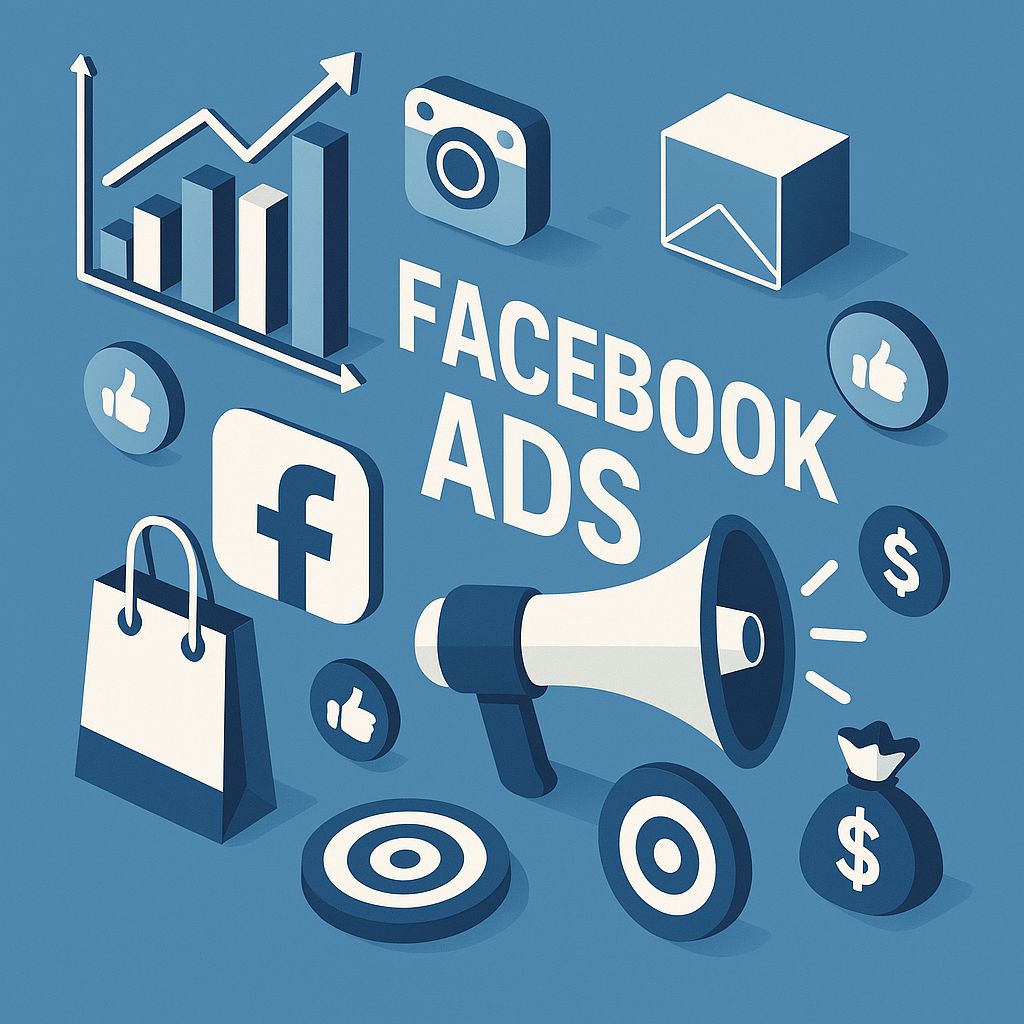How to Create a Digital Marketing Strategy for Small Businesses
Understanding the Importance of a Digital Marketing Strategy
In today’s digital-first world, small businesses face fierce competition not only from local competitors but also from larger corporations with extensive resources. A well-crafted digital marketing strategy is no longer optional—it’s essential for survival and growth. Digital marketing allows small businesses to level the playing field by increasing their visibility, engaging with customers, and driving cost-effective results. Unlike traditional marketing methods, digital marketing offers measurable outcomes, enabling businesses to track their return on investment (ROI) and optimize their efforts accordingly.
For small businesses, the benefits of a digital marketing strategy are immense. It helps build brand awareness, ensuring potential customers can find your business online. It also fosters customer engagement through platforms like social media, email, and blogs, creating meaningful connections that drive loyalty. Additionally, digital marketing is often more affordable than traditional advertising methods, making it ideal for businesses with limited budgets. By leveraging tools like Google Analytics and social media insights, small businesses can make data-driven decisions to refine their strategies and achieve their goals.
Define Your Business Goals and Objectives
The foundation of any successful digital marketing strategy is a clear understanding of your business goals and objectives. Without defined goals, your efforts may lack direction and fail to deliver meaningful results. Start by identifying what you want to achieve through digital marketing. Common goals for small businesses include increasing website traffic, generating leads, boosting sales, improving brand awareness, or enhancing customer retention.
For example, if your goal is to increase website traffic, you might focus on search engine optimization (SEO) and content marketing. If generating leads is your priority, email marketing and pay-per-click (PPC) advertising could be more effective. Ensure your goals are SMART: Specific, Measurable, Achievable, Relevant, and Time-bound. For instance, instead of saying, “I want more website visitors,” set a goal like, “I want to increase website traffic by 20% within three months.” Clear objectives provide a roadmap for your strategy and help you measure success.
Identify Your Target Audience
Understanding your target audience is crucial for crafting a digital marketing strategy that resonates. Small businesses must define their ideal customer by analyzing demographics, behaviors, and preferences. Start by creating buyer personas—fictional representations of your ideal customers. Include details like age, gender, location, income level, interests, and pain points. For example, a local bakery might target busy professionals who value convenience and quality.
Use tools like Google Analytics, social media insights, and customer surveys to gather data about your audience. Pay attention to their online habits—what platforms they use, what type of content they engage with, and what problems they’re trying to solve. Understanding these factors allows you to tailor your messaging and choose the right marketing channels. For instance, if your audience spends most of their time on Instagram, visual content like photos and videos will be more effective than lengthy blog posts.
Choose the Right Digital Marketing Channels
Selecting the right digital marketing channels is essential for reaching your target audience and achieving your goals. Here are some of the most effective channels for small businesses:
Social Media Marketing
Social media platforms like Facebook, Instagram, LinkedIn, and Twitter offer unparalleled opportunities for small businesses to connect with their audience. Each platform serves a unique purpose—Facebook is great for community building, Instagram excels in visual storytelling, and LinkedIn is ideal for B2B networking. Share engaging content, interact with followers, and use paid advertising to expand your reach.
Email Marketing
Email marketing remains one of the most cost-effective ways to nurture leads and retain customers. Build an email list by offering incentives like discounts or free resources. Use personalized email campaigns to share updates, promote products, and provide value. Tools like Mailchimp and Constant Contact make it easy to manage your campaigns and track performance.
Search Engine Optimization (SEO)
SEO is the backbone of digital marketing, ensuring your website ranks high on search engine results pages (SERPs). Optimize your website with relevant keywords, create high-quality content, and improve site speed and mobile responsiveness. Local SEO is particularly important for small businesses, as it helps attract nearby customers searching for your services.
Pay-Per-Click Advertising (PPC)
PPC advertising allows you to target specific audiences with paid ads on platforms like Google Ads and social media. Set a budget, choose relevant keywords, and create compelling ad copy to drive traffic and conversions. PPC is especially useful for promoting time-sensitive offers or reaching audiences outside your organic reach.
Develop a Content Marketing Plan
Content marketing is at the heart of digital marketing, providing value to your audience while establishing your business as an authority in your industry. Here’s how to create an effective content marketing plan:
Creating Valuable Content
Focus on creating content that addresses your audience’s needs and interests. This could include blog posts, videos, infographics, eBooks, or podcasts. For example, a fitness studio might share workout tips, healthy recipes, and success stories to inspire its audience.
Establishing a Content Calendar
Consistency is key in content marketing. Use a content calendar to plan and schedule your posts across different platforms. This ensures you maintain a steady flow of content and stay organized. Tools like Trello or Google Calendar can help streamline this process.
Repurposing Content
Maximize your reach by repurposing content for different platforms. For instance, turn a blog post into a video, create social media posts from key takeaways, or compile multiple articles into an eBook. Repurposing saves time and ensures your content reaches a wider audience.
Set a Budget and Allocate Resources
Budgeting is a critical step in creating a digital marketing strategy. Small businesses often operate with limited resources, so it’s important to prioritize spending. Start by determining how much you can afford to invest in digital marketing. Allocate funds to the channels that align with your goals and offer the highest ROI.
Leverage free or low-cost tools to stretch your budget. For example, use Canva for graphic design, Hootsuite for social media management, and Google Analytics for performance tracking. If you’re outsourcing tasks like content creation or PPC management, ensure you work with reputable professionals who understand your business needs.
Track Performance and Optimize Your Strategy
Monitoring your digital marketing efforts is essential for understanding what works and what doesn’t. Use tools like Google Analytics, social media insights, and email marketing reports to track key performance indicators (KPIs) such as website traffic, conversion rates, and engagement levels.
Analyze the data regularly and adjust your strategy based on the results. For example, if a particular social media platform isn’t driving traffic, consider reallocating resources to a more effective channel. Optimization is an ongoing process that ensures your strategy evolves with your business and audience.
Leverage Local SEO for Small Businesses
Local SEO is a powerful tool for small businesses looking to attract nearby customers. Here are some actionable tips:
Claiming Your Google Business Profile
Ensure your business is listed on Google Business Profile and provide accurate information, including your address, phone number, and hours of operation. This improves your visibility in local searches and Google Maps.
Encouraging Customer Reviews
Positive reviews build trust and improve your local SEO ranking. Encourage satisfied customers to leave reviews on platforms like Google, Yelp, or Facebook. Respond to reviews to show you value customer feedback.
Optimizing for Local Keywords
Use location-specific keywords in your website content, meta descriptions, and blog posts. For example, a plumber in Chicago might target keywords like “Chicago plumbing services” or “emergency plumber near me.”
Stay Updated on Digital Marketing Trends
Digital marketing is constantly evolving, and staying informed about trends and technologies is crucial for success. Follow industry blogs, attend webinars, and take online courses to keep your skills sharp. For example, trends like voice search optimization, AI-driven marketing, and short-form video content are shaping the future of digital marketing.
Common Mistakes to Avoid in Digital Marketing
Avoiding common pitfalls can save small businesses time and money. Some mistakes to watch out for include neglecting mobile optimization, spreading yourself too thin across multiple platforms, and failing to engage with your audience. Focus on quality over quantity, and ensure your strategy aligns with your goals.
Tools and Resources for Small Business Digital Marketing
Here are some helpful tools to streamline your digital marketing efforts:
Social Media Management Tools
Platforms like Hootsuite and Buffer help schedule posts, track engagement, and manage multiple accounts.
Email Marketing Platforms
Mailchimp and Constant Contact make it easy to create, send, and analyze email campaigns.
SEO Tools
Use tools like SEMrush, Ahrefs, and Google Keyword Planner to optimize your website and track keyword performance.
Building a Long-Term Digital Marketing Strategy
Digital marketing is a marathon, not a sprint. Consistency and adaptability are key to building a strategy that grows with your business. Regularly review your goals, track performance, and adjust your approach to stay ahead of the competition. By viewing digital marketing as a long-term investment, small businesses can achieve sustainable growth and success.
Featured Resources
Check Our Latest Resources



Contact us today
Take Your Local or Online Business to the Next Level
©2001-2025 Yeppy Marketing Inc. | All Rights Reserved.

